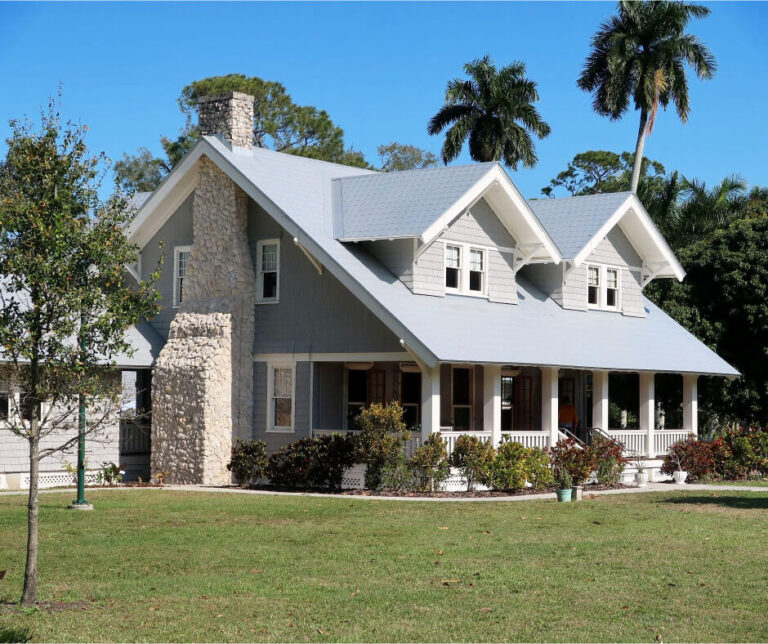In this blog, we will cover the HUD non-occupant co-borrower Guidelines on FHA loans. The United States Department of Housing and Urban Development commonly referred to as HUD, is the parent federal agency of the Federal Housing Administration (FHA).
HUD, the parent of FHA, is not a lender. FHA does not originate nor fund FHA Mortgages. Private mortgage companies lend on FHA loans. HUD’s role is to insure and partially guarantee residential loans to lenders who follow HUD Guidelines. What this means is if a borrower defaults on an FHA loan and the property goes into foreclosure, FHA will partially guarantee the loss sustained by the lender. In order for HUD to insure FHA Loans, lenders need to follow FHA Mortgage Guidelines.
If the lender does not follow HUD Guidelines, the home loan is not insured and the lender will sustain the whole loss from the foreclosure. HUD Non-Occupant Co-Borrower Guidelines allow family members who are related by law, marriage, or blood to the main borrower to be non-occupant co-borrowers on FHA loans. HUD allows non-family members to become co-borrowers. If you are not related to the borrower by blood, marriage, or blood, you need a 25% down payment. In this blog, we will discuss HUD Non-Occupant Co-Borrower Guidelines and the eligibility requirements. HUD Non-Occupant Co-Borrower Guidelines are different than VA and/or Conventional loans.
Purpose For Non-Occupant Co-Borrowers
There are instances where home buyers may not have qualified income where they do not qualify for a home mortgage. HUD, Fannie Mae, and Freddie Mac will allow non-occupant co-borrowers to be added to the main borrowers’ mortgage note if the main borrower does not meet the minimum debt-to-income ratio requirements.
The United States Veterans Administration does not allow non-occupant co-borrowers. Only spouse of the veteran borrower can be the co-borrower on VA loans. USDA loans does not allow non-occupant co-borrowers. Only the spouse of the borrower is allowed to be the co-borrower.
Both the borrower’s and non-occupant co-borrowers incomes are combined. If both incomes meet the maximum debt-to-income ratio required, then the borrower can proceed with the mortgage process. The lower of the two borrowers’ middle credit scores are used. We will discuss HUD Non-Occupant Co-Borrowers Guidelines versus other loan programs in this blog.
HUD Non-Occupant Co-Borrower Guidelines Versus Other Loan Programs
HUD Non-Occupant Co-Borrower Guidelines allow for multiple non-occupant co-borrowers on FHA loans. To qualify for a 3.5% down payment FHA loan with a non-occupant co-borrower, the non-occupant co-borrower needs to be related to the main borrower by blood, law, and marriage.
HUD, the parent of FHA, has strict regulations on who can be non-occupant co-borrowers for a 3.5% down payment home purchase FHA loan. You need to be. HUD allows for non-occupant co-borrowers who are not related to the main borrower by blood, marriage, or law. If the non-occupant co-borrower is not related to the main borrower by law, blood, or marriage, then a 25% down payment is required on FHA loans.
Fannie Mae and Freddie Mac have the following non-occupant co-borrower guidelines. Borrowers can add non-occupant co-borrowers on conventional loans. Non-occupant co-borrowers do not have to be related to the main borrower by law, blood, or marriage. For more information on this topic and/or other mortgage-related subjects, please contact us at Gustan Cho Associates at 800-900-8569 or text us for faster response. Or email us at gcho@gustancho.com. We are available 7 days a week, evenings, weekends, and holidays.







